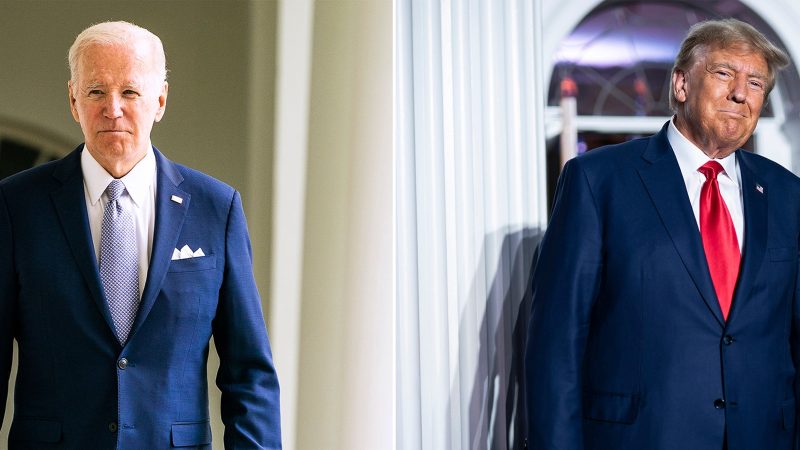The 2017 Tax Cut: The Ongoing Tug-of-War Between Trump and Biden
The 2017 tax cut passed under President Donald Trump remains a hotly debated issue, with both supporters and critics passionately arguing over its impact on the economy and the American people. President Joe Biden has proposed repealing certain aspects of the tax cut, sparking a fierce battle with supporters of the legislation. Understanding both sides of the argument is essential to grasp the complexities behind this ongoing tug-of-war.
Supporters of the 2017 tax cut argue that it led to a surge in economic growth and job creation, benefiting both businesses and individuals. The reduction in the corporate tax rate, from 35% to 21%, was seen as a boon for corporations, leading to increased investments, higher wages, and job opportunities for Americans. Additionally, the doubling of the standard deduction for individuals was praised for simplifying the tax code and putting more money back into the pockets of taxpayers.
On the other hand, critics point to the disproportionately high benefits reaped by the wealthy and corporations under the 2017 tax cut. They argue that the reduction in the corporate tax rate primarily benefited large corporations and the top 1% of earners, exacerbating income inequality in the country. Furthermore, the legislation’s impact on the national deficit and long-term economic growth has been a point of contention, with critics raising concerns about the sustainability of the tax cut’s provisions.
President Biden’s proposal to repeal certain aspects of the 2017 tax cut has ignited further debate between supporters and critics. Biden has proposed raising the corporate tax rate to 28% and increasing taxes on individuals earning over $400,000, aiming to generate revenue for ambitious infrastructure and social spending programs. Proponents of Biden’s plan argue that it will help reduce income inequality, fund much-needed public investments, and ensure that the wealthy pay their fair share in taxes.
Conversely, opponents of Biden’s proposal warn that increasing taxes on corporations and high earners could stifle economic growth and job creation. They argue that reverting to higher tax rates will discourage investment, hinder business expansion, and ultimately harm the economy, especially as it continues to recover from the impacts of the COVID-19 pandemic. The potential consequences of rolling back the 2017 tax cut remain a point of contention among policymakers and economists.
The ongoing battle over the 2017 tax cut encapsulates the broader ideological divide between proponents of supply-side economics, who prioritize stimulating investment and economic growth through tax cuts, and advocates of demand-side economics, who focus on reducing income inequality and funding public programs through progressive taxation. Balancing these competing priorities will be crucial for policymakers as they navigate the complexities of tax policy in the years ahead.
In conclusion, the debate over the 2017 tax cut reflects deeper disagreements over the role of taxation in promoting economic growth, income equality, and government spending. While supporters laud its positive impact on businesses and individuals, critics raise concerns about its distributional effects and long-term sustainability. President Biden’s proposed changes to the tax code signal a potential shift in tax policy priorities, setting the stage for continued debate and negotiation over the best approach to taxation in the United States.

